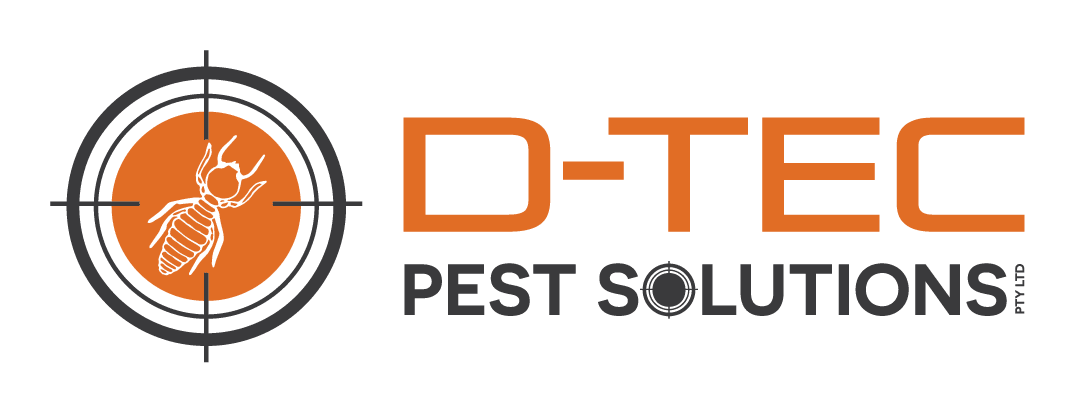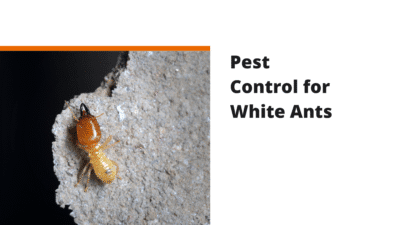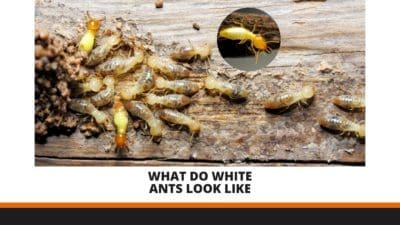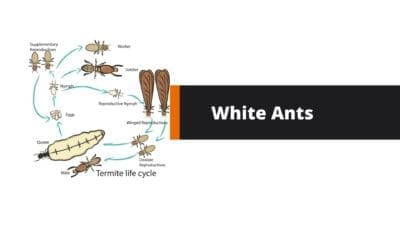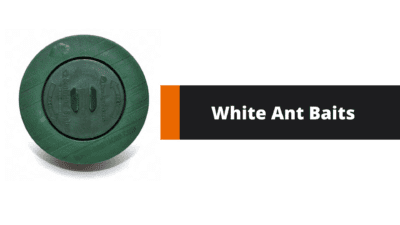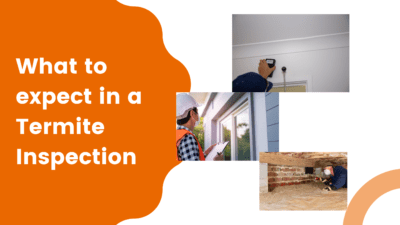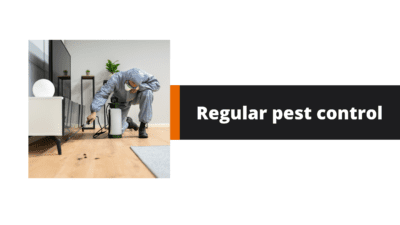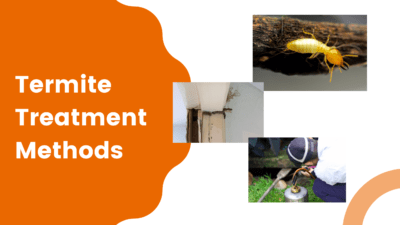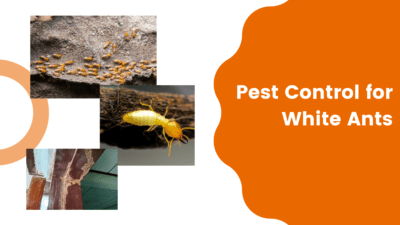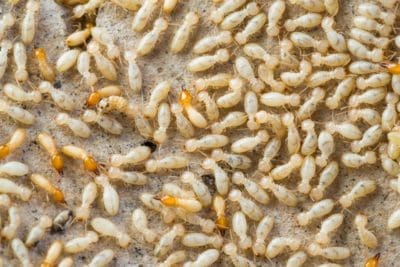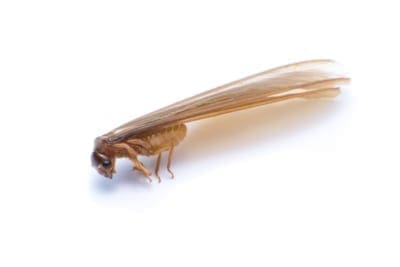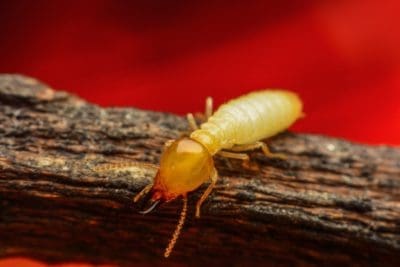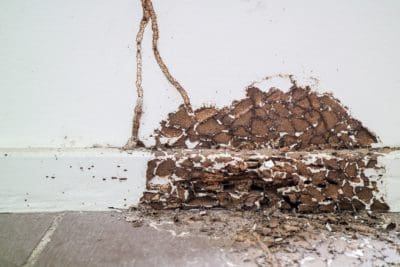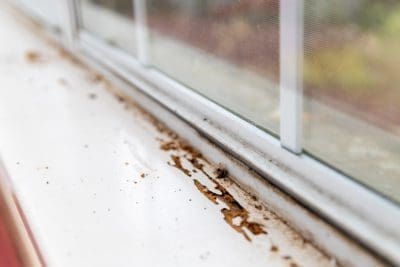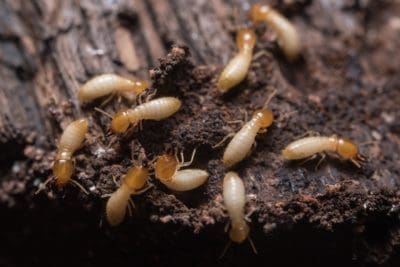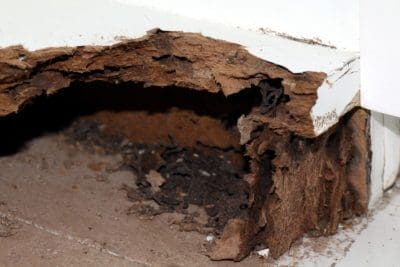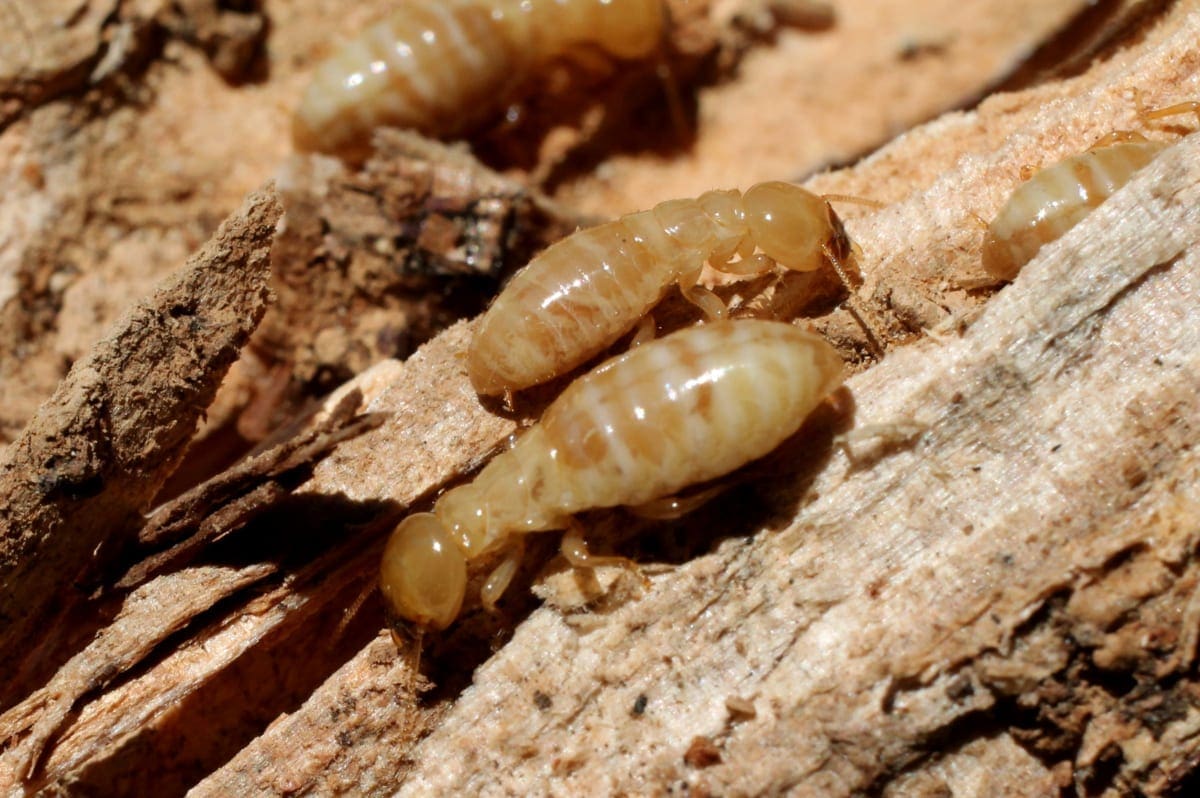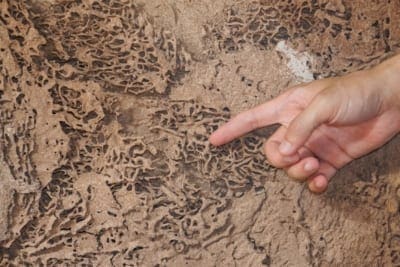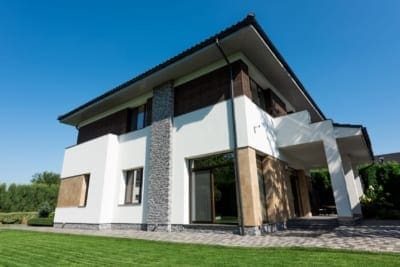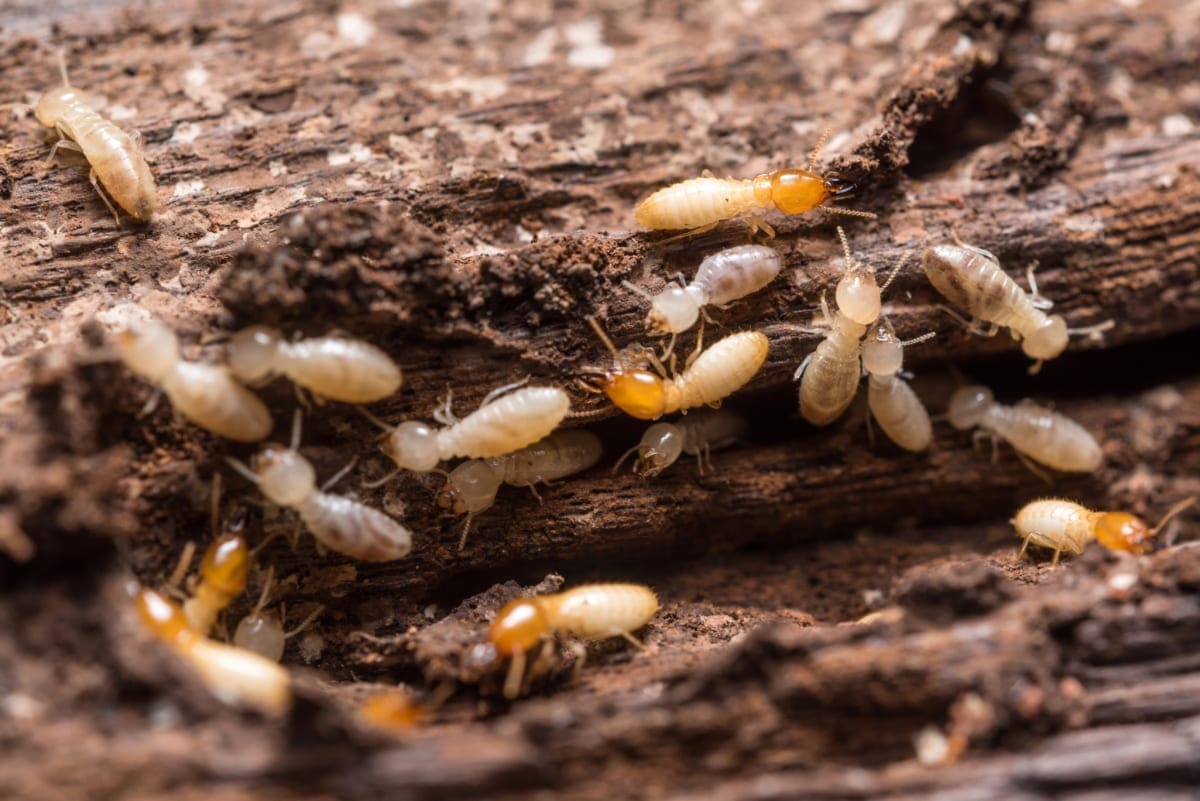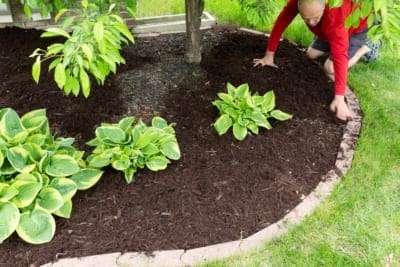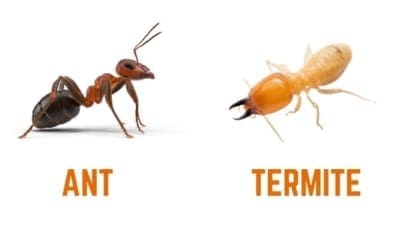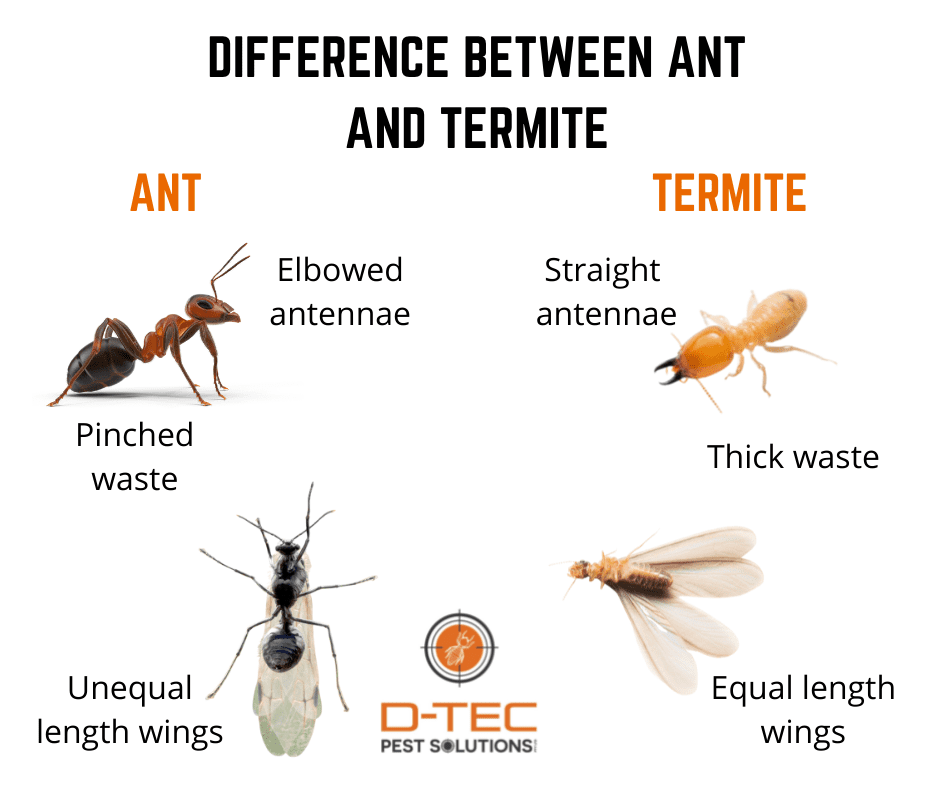What Does a Termite Nest Look Like? Spot the Signs Before It’s Too Late
If you’ve found yourself Googling “what does a termite nest look like”, you’re not alone. Many homeowners don’t recognise the warning signs until serious damage has been done. At D-Tec Pest Solutions, we’re here to help you understand what a termite nest on house structures really means—and how to deal with it.
What Is a Termite Nest?
A termite nest is a structured colony that termites build to house their queen, workers, and soldiers. These nests can be located underground, in wall cavities, roof voids, or even in tree stumps. In Queensland, subterranean termites are especially common, making these nests difficult to detect without professional help.
What Does a Termite Nest Look Like?
- Mud and clay appearance: Nests are often made from chewed wood and soil, giving them a dry, mud-like texture.
- Tube-like structures: These protective tubes help termites travel undetected.
- Large, dark masses: In some cases, nests can be large and obvious—especially in roof voids or on external walls.
You might also see damaged timber that sounds hollow or discover flaking paint that resembles water damage.
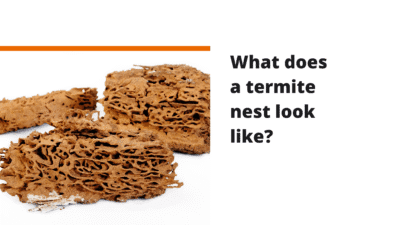
Termite Nest on House: A Serious Warning Sign
If you spot a termite nest on your house, it’s a clear indication that the colony has matured—and the structural integrity of your home could be at risk. This is not something to ignore. D-Tec Pest Solutions can assess the severity and offer an immediate, tailored treatment plan.
How D-Tec Pest Solutions Identifies and Treats Termite Nests
With over two decades of experience, we’re experts in termite detection and eradication. Our approach includes:
- Thermal imaging and moisture detection to locate hidden nests
- Safe chemical treatments designed for long-term protection
- Baiting systems to destroy colonies from within
- Follow-up inspections to ensure nests are fully eliminated
We don’t just treat the problem—we work to prevent it from returning.
Related Questions: “Termites—What Does It Look Like?”
Many homeowners also search for “termites what does it look like” or “termite nest look like” out of concern and confusion. Here’s what to watch for:
- Small, white, ant-like insects
- Discarded wings near windows or doors
- Mud tubes climbing up walls or foundations
If you see these signs, a nest is likely nearby.
Why DIY Isn’t Enough
Trying to remove or disturb nest yourself as it can be ineffective. Disturbing the nest without proper treatment can cause the colony to relocate, spreading the infestation. Always consult licensed professionals like D-Tec Pest Solutions.
Alt attribute: termite nest on house
Beat the Competition with Professional Termite Control
While other providers like Gold Coast Pest Inspector offer general guidance, D-Tec delivers comprehensive detection, tailored treatments, and ongoing support that truly protects your home.
Take Action Now
Termites won’t wait—and neither should you. If you suspect a termite nest on your property, early intervention is key.
Call D-Tec Pest Solutions at 1300-725-758 or visit https://d-tec.com.au for expert termite detection and treatment.
